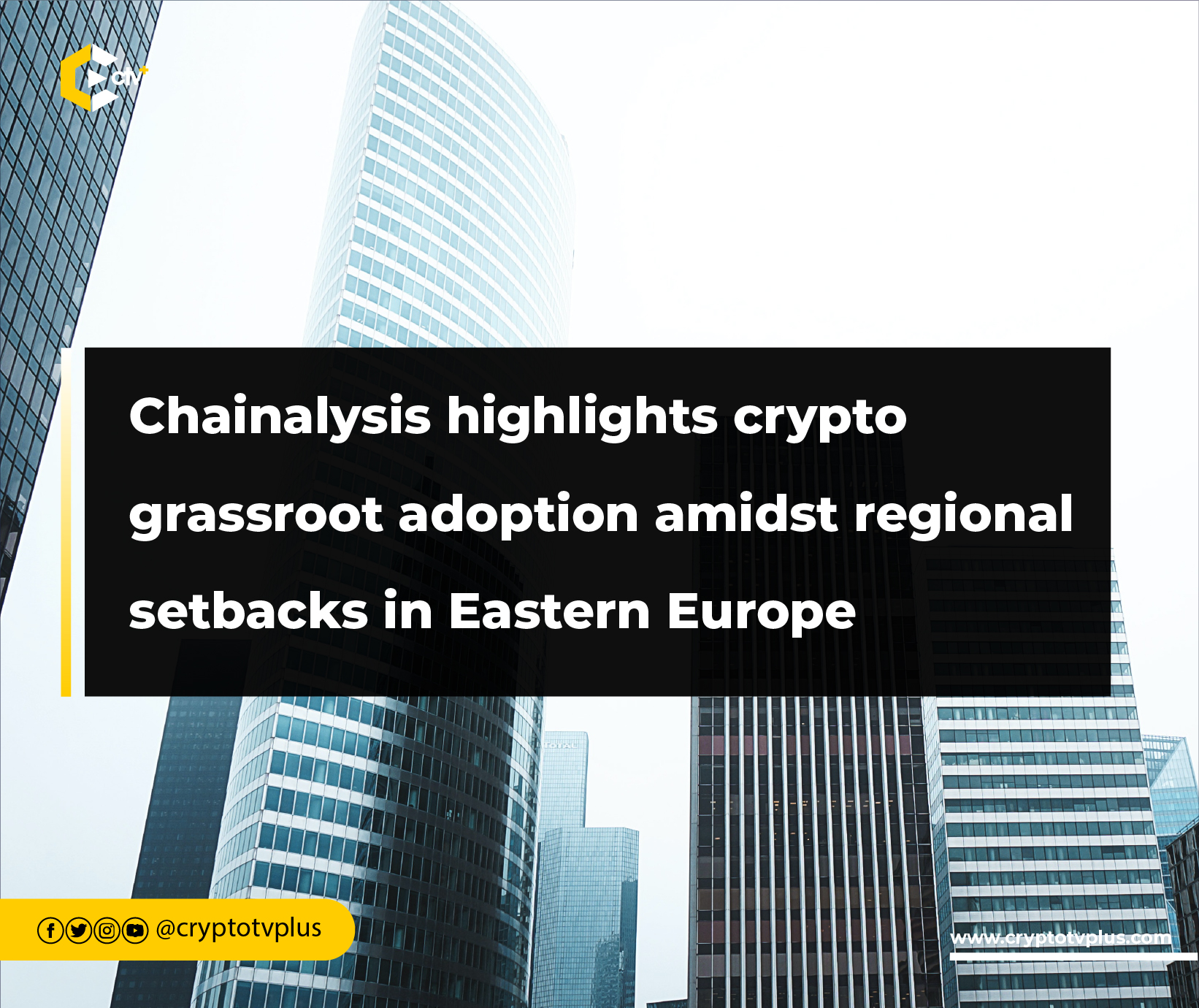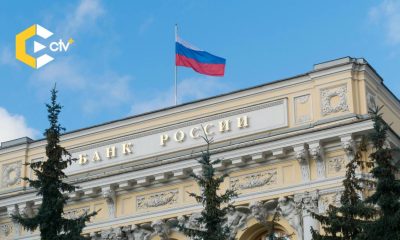News
Chainalysis highlights crypto grassroot adoption amidst regional setbacks in Eastern Europe

Eastern Europe, a significant player in the global cryptocurrency market, continues to display resilience and determination in the face of the Russia-Ukraine war, Chainalysis said in a recent report.
Despite a year of economic turmoil and global crypto market fluctuations, the region remains a noteworthy participant in the crypto space.
Here’s a breakdown of how the region has prevailed, with figures from various aspects of the crypto market, such as DeFi.
Eastern Europe – fourth-largest market
According to Chainalysis, Eastern Europe has achieved the position of being the fourth-largest cryptocurrency market worldwide. This achievement is based on the cumulative on-chain value of cryptocurrencies within the region, which amounted to a substantial $445 billion.
This figure is noteworthy as it accounted for 8.9% of the total cryptocurrency transaction activity occurring on a global scale during the period from July 2022 to June 2023. In essence, Eastern Europe has established itself as a significant player in the global crypto market.
Despite its impressive position, Eastern Europe, like many other regions globally, saw a decrease in the volume of cryptocurrency transactions over the past year, with a notable 22% drop. This decline is consistent with the worldwide trend of reduced crypto usage.
The report pointed out that Eastern Europe’s circumstances distinguish it from other regions. What sets Eastern Europe apart is the ongoing Russia-Ukraine War, a significant factor that has profoundly influenced the region’s economic dynamics.
This conflict has introduced additional obstacles and uncertainties to the cryptocurrency market in Eastern Europe, contributing to the region’s evolving development and trends.
More transaction data
When delving into transaction data, Chainalysis said that it noticed interesting patterns in the cryptocurrency activity in Eastern Europe concerning the size of transactions. The volume of large institutional transactions has been consistently decreasing over time.
In contrast, smaller institutional transactions have maintained a relatively stable level, as have transactions of a professional size. Retail transaction volume also shows a consistent pattern, indicating that individuals in the region who are enthusiastic about cryptocurrencies continue to engage with the asset class.
DeFi activities in Eastern Europe have witnessed a notable 3.0% increase, setting the region apart from the majority. The exact causes behind this surge are multifaceted, with factors like regulatory ambiguities and market instability likely playing a role.
Chainalysis said that historically, during periods of troubles with centralized exchanges and market upheavals, investors have turned to DeFi due to the control it offers, emphasizing its significance.
Ukraine and Russia: leaders in crypto adoption
Moving down to the two war zones, Chainalysis revealed that Ukraine and Russia have traditionally been key players in the global crypto landscape, both in raw transaction volume and grassroots adoption. However, the past year has witnessed the largest year-over-year declines in crypto transaction volume for both countries, standing at $35.8 billion and $40.9 billion, respectively.
Grassroots adoption in both nations also declined, causing them to drop in the Global Crypto Adoption Index. It noted that the decline in crypto activity in Russia can be attributed to several factors. Economic sanctions from the United States, the European Commission’s crypto ban against Russia, and a decrease in willingness by companies to do business in the region have played their roles.
International exchanges imposing restrictions on Russian users and banks due to the war have further impacted the situation. Although Russian transaction volumes on international exchanges remain larger, local exchanges are seeing increased usage.
In Ukraine, the economic difficulties brought on by the war and the migration of residents and businesses to other parts of Europe have led to decreased crypto volumes.
Ukrainian crypto businesses, like Kuna, have relocated, focusing on the European market. These businesses are adapting to EU regulations, providing services such as crypto payments and crypto custody, which Ukrainian banks can utilize once regulatory conditions permit.
Eastern Europe’s crypto resilience
It added that despite the challenges posed by the Russia-Ukraine War, some positive trends have emerged in Eastern Europe’s crypto landscape. Russia’s limited access to international cryptocurrency platforms could affect its ability to fund the war.
Conversely, Ukrainians, integrating more rapidly with the EU, are turning to financial instruments governed by EU regulations. The use of crypto for everyday purposes, such as savings, donations, and remittances, is on the rise.
The number of individual crypto transfers, in contrast to transaction volume, remains consistent or has increased in Eastern European countries. This indicates that crypto usage remains steady, even with reduced capital. As the effects of the war gradually diminish, the region anticipates the return of crypto businesses to Ukraine and ongoing developments in crypto regulation, fostering further adoption.
Read also; UAE sets regulatory standards, Turkey explores NFTs, Saudi Arabia sees crypto surge: Chainalysis insights
























